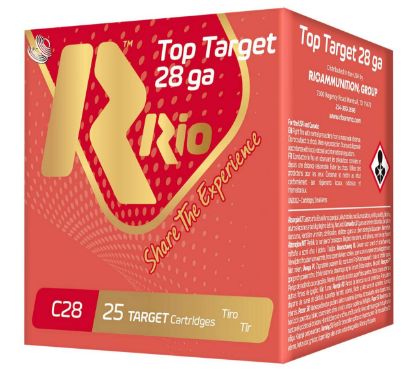The History of 28 Gauge Ammunition
The 28 gauge shotgun shell has a rich legacy of refinement, precision, and sporting elegance. Though often overshadowed by its larger counterparts like the 12 and 20 gauge, the 28 gauge has earned a loyal following among upland hunters, competitive shooters, and those who value light recoil, tight patterns, and fast target acquisition.
Origins and Development
The 28 gauge dates back to the early 20th century, gaining popularity in Europe before finding a foothold in North America. Classified by the gauge system (which measures how many lead balls of the bore diameter add up to one pound), 28 gauge indicates 28 lead balls of its bore size equal one pound—resulting in a bore diameter of approximately .550 inches (14mm).
Initially seen as a specialty gauge used in high-end double-barrel shotguns and fine sporting arms, the 28 gauge became associated with prestige upland hunting. Its lighter recoil and slim profile made it especially popular for quail, woodcock, and dove, where quick handling and short-range effectiveness were key.
Rise in Popularity
For decades, the 28 gauge remained a niche option. But with advancements in modern shot cup and wad design, ammunition manufacturers began producing 28 gauge shells with impressive performance—rivaling 20 gauge in certain applications.
Today, thanks to brands like Rio, Federal, Fiocchi, Winchester, and Remington, 28 gauge ammo is widely available in #7.5, #8, and #9 shot sizes for sporting clays, skeet shooting, and upland bird hunting. Popular loads include 3/4 oz at 1200–1300 FPS, delivering excellent patterns with minimal shoulder fatigue.
Modern shooters have rediscovered the 28 gauge for its blend of low recoil, fast swing speed, and efficient lethality—especially in over/under and semi-automatic shotguns designed specifically for the gauge.
Frequently Asked Questions – 28 Gauge Ammo
Q: What is 28 gauge ammo used for?
A: 28 gauge is commonly used for upland bird hunting (quail, dove, grouse, woodcock) and clay target shooting(skeet, sporting clays). It is prized for its light recoil, tight shot patterns, and smooth swing in lightweight shotguns.
Q: How does 28 gauge compare to 20 gauge?
A: While 20 gauge offers heavier payloads, 28 gauge provides lighter recoil and faster handling. Many experienced hunters report similar field performance when using high-velocity 28 gauge loads with #7.5 or #8 shot.
Q: Is 28 gauge good for beginners or youth shooters?
A: Absolutely. The low recoil and manageable weight of most 28 gauge shotguns make them ideal for new shooters, youth, and smaller-framed individuals. They're a great introduction to shotgun sports.
Q: What is the standard load for 28 gauge shells?
A: The most common 28 gauge load is 3/4 oz of lead shot, typically offered in #7.5, #8, or #9 shot, at velocities ranging from 1200 to 1300 FPS.
Q: Can I hunt ducks or geese with a 28 gauge?
A: While not ideal for large waterfowl due to payload limitations, some hunters use non-toxic 28 gauge steel or bismuth loads for close-range teal or wood duck hunting, especially during early season.
Q: Is 28 gauge ammo expensive or hard to find?
A: 28 gauge ammo is more specialized than 12 or 20 gauge, so it may carry a slightly higher price and limited availability in local stores. However, it's widely available online from brands like Rio, Federal, Winchester, and Fiocchi.




